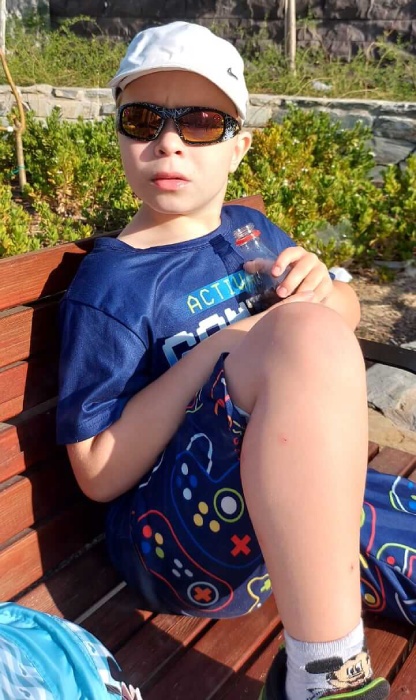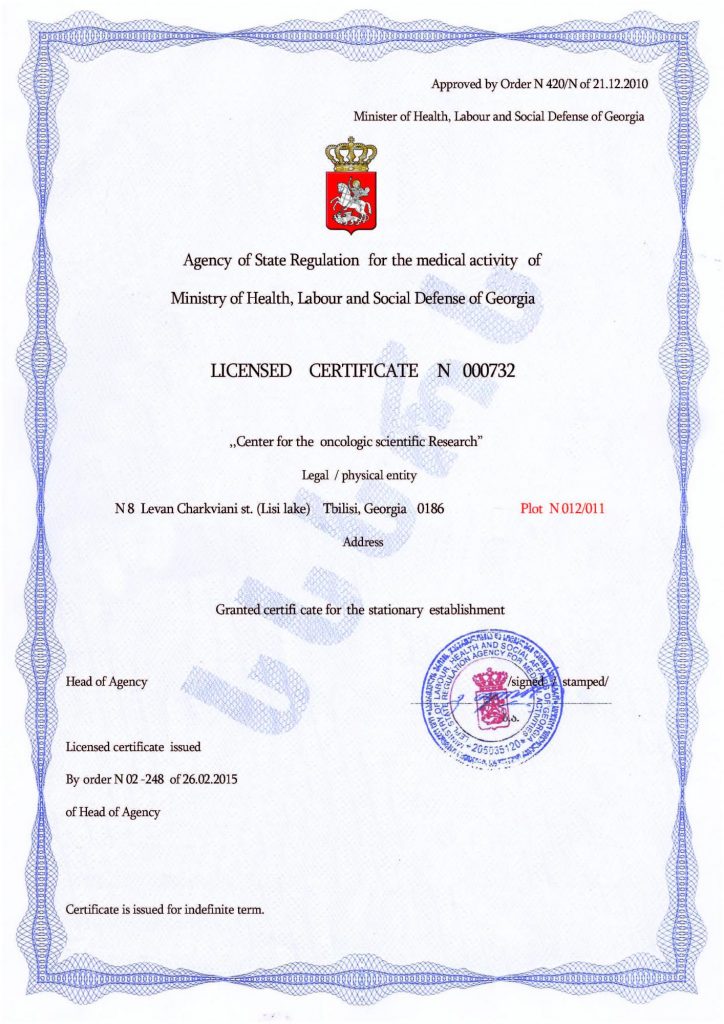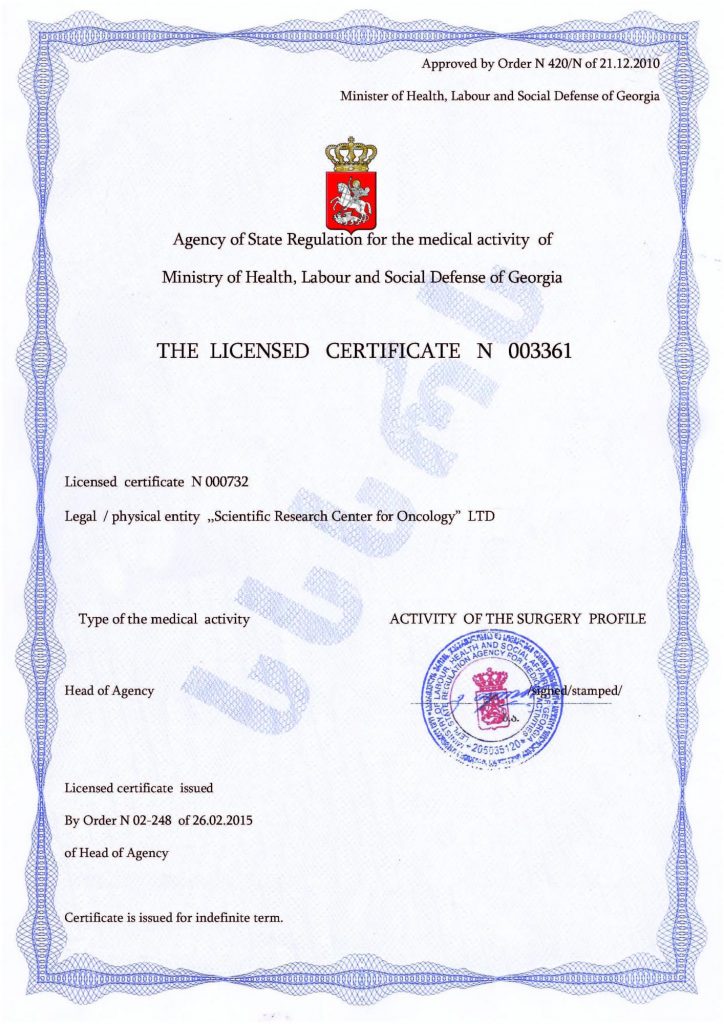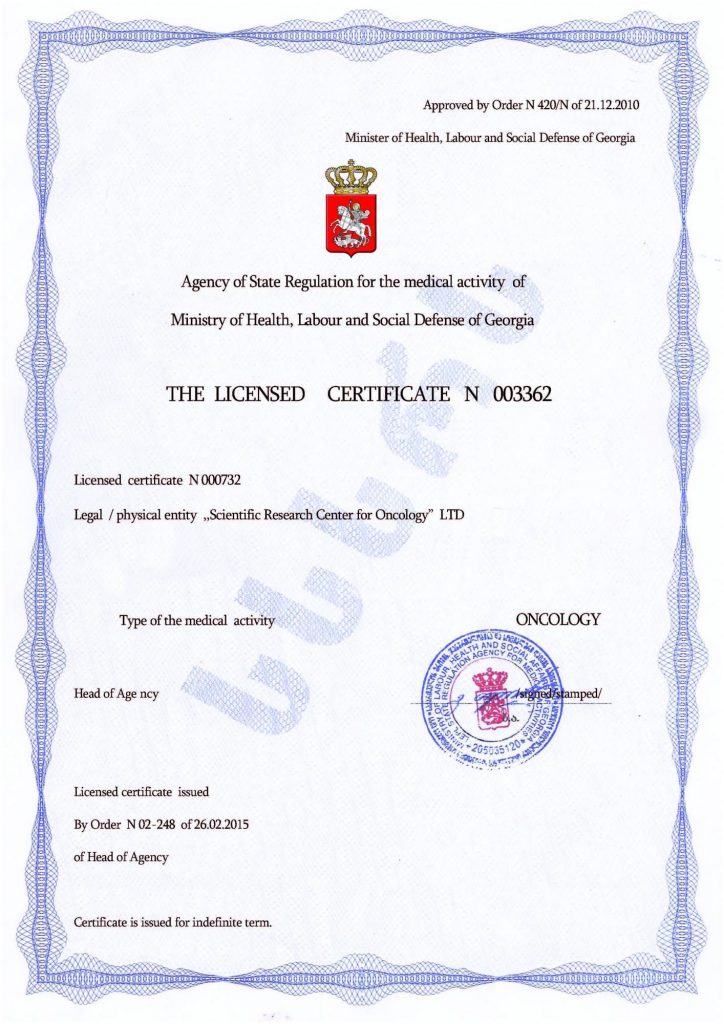Nervous Breakdown in an Autistic Child: How to Avoid It?
We’ve all probably witnessed scenes where children—especially young ones, but not just them—throw tantrums in public, putting their parents in an extremely awkward position. Loud crying, falling to the floor, and tantrums in general paint an unpleasant picture…
Children with autism are more prone to such dramatic and hysterical behavior, and neither pleas nor threats of leaving them alone seem to have any effect. Attempts to calm them down often trigger an even bigger emotional outburst, and in some cases, may even provoke aggression. So, what can be done?
Understanding the Causes of Such Socially Significant Situations
To understand the causes of these situations, we can turn to Applied Behavior Analysis (ABA), which aims to correct a child’s behavior by changing the conditions that influence it. These factors can be external (for example, reactions to the behavior of others, a desire to attract attention, get something, or refuse to follow parental requests) or internal (such as stress or tension affecting mood and motivation).
Within ABA, strategies for changing behavior are developed that are simple, practical, and easy to use. One of the main principles is a logical chain that looks something like this: antecedents (preceding events) → behavior → consequences.
For an autistic child, antecedents can be a trip to a noisy public place or being refused a toy. The consequences are the actions of the parents or others. The parents might give in to the child’s demands and buy the toy, or they might ignore the tantrum. Another possible consequence is that someone might approach and try to comfort the child, thus giving attention during such behavior.
The consequences will determine what the child learns. The unfavorable outcome is that the child will behave the same way the next time they are in a similar situation. If the parents give in to such “blackmail” and buy the toy, it is almost certain that the child will throw another tantrum next time a similar request is denied. Therefore, it is often best to ignore the tears and cries and not give in—perhaps this is not the only solution. Of course, it will be difficult, but on the other hand, every trip to the mall won’t be accompanied by buying something the child demands. The child will learn that they won’t get what they want by throwing a tantrum, and that following the parents’ instructions is the only option.
Addressing the Root Cause: Autism
Of course, not all autistic children behave this way, and such situations do not happen all the time. But if a child’s tantrum has been satisfied at least once, it is likely they will continue using the same behavior. Therefore, it is very likely that the best way to stabilize their behavior is to address the underlying cause, which leads to stress, sensory overload, and behavioral disorders—namely, autism.
Cellular Therapy as an Effective Solution
The most efficient and fastest way to address this problem is through cellular therapy—an innovative method that helps eliminate the disorder and its symptoms. This therapy mainly involves transplanting the patient’s own stem cells, eliminating the risk of rejection. The unique feature of these stem cells is that they can transform into any other type of cell, “identify” damaged cells, and replace them with healthy equivalents.
Thus, the treatment for autism occurs through the body’s natural restorative capabilities and is as natural as possible. The results are noticeable fairly quickly and tend to last for a long time, and in many cases, are lifelong. This makes other corrective measures more effective.
The benefits of cellular therapy are widely recognized and have received high praise. Given its promising potential, it could become the primary approach to eliminating autism and its symptoms. Leading clinics around the world, including the Mardaleishvili Medical Center, already practice this therapy, with plenty of evidence supporting the success of stem cell transplants. The center’s specialists have excellent qualifications and vast experience, equipped with the latest state-of-the-art equipment. Additionally, the center offers services that meet the highest international standards, but at more affordable prices than in other countries. Finally, if needed, the center provides comprehensive support for travel planning and other matters related to accommodation during the rehabilitation period.
Take Advantage of Cellular Therapy—And Tantrums Will Become a Thing of the Past!
Autism Treatment Center Videos
Autism treatment with own stem cells
Cord blood association congress
International Quality Crown
Autism Treatment Reviews
Autism treatment with own stem cells
The story of Alessandro (6 years old)
Autism Patient Testimonial - Stem Cell Treatment
Clients Testimonials

Anna – Sasha’s mother Read More

Amirkhon’s father — Tokhir Read More

Dilana’s mother Read More

Irina and Stefan – Ilya’s parents Read More

Kristina – mother of Nelly and Nik Read More












